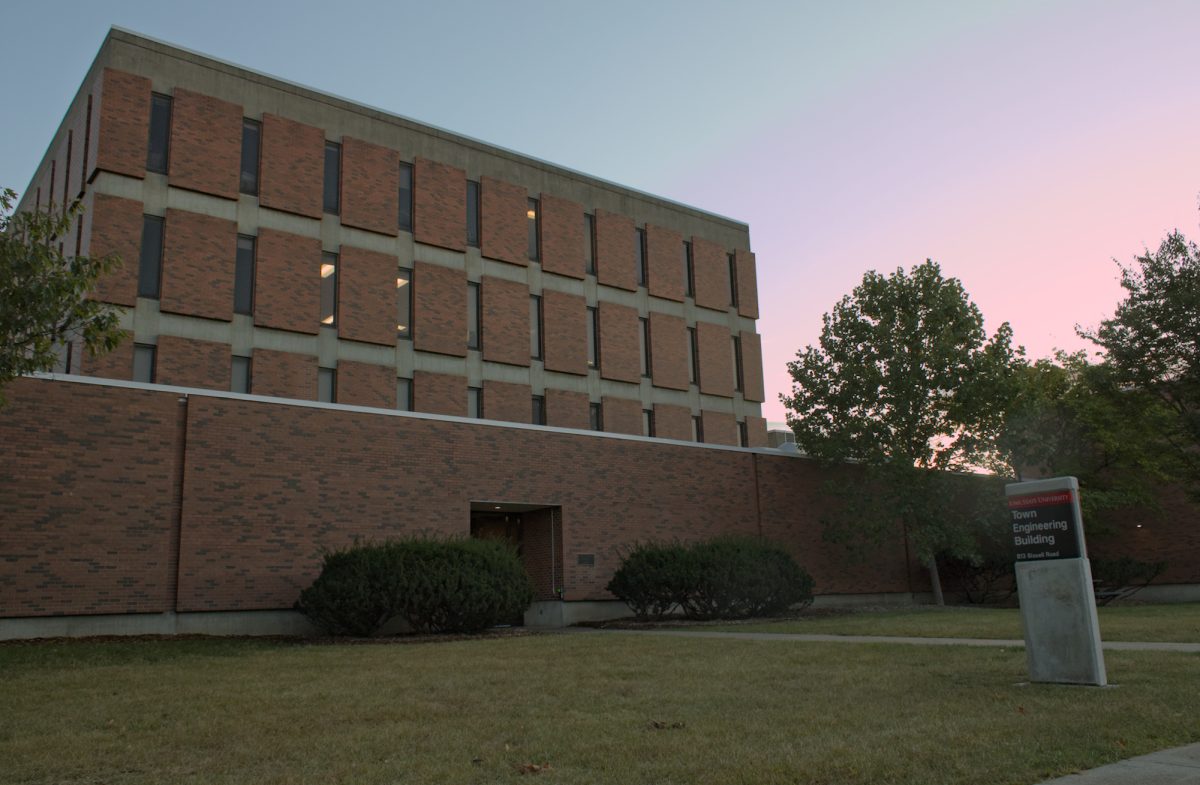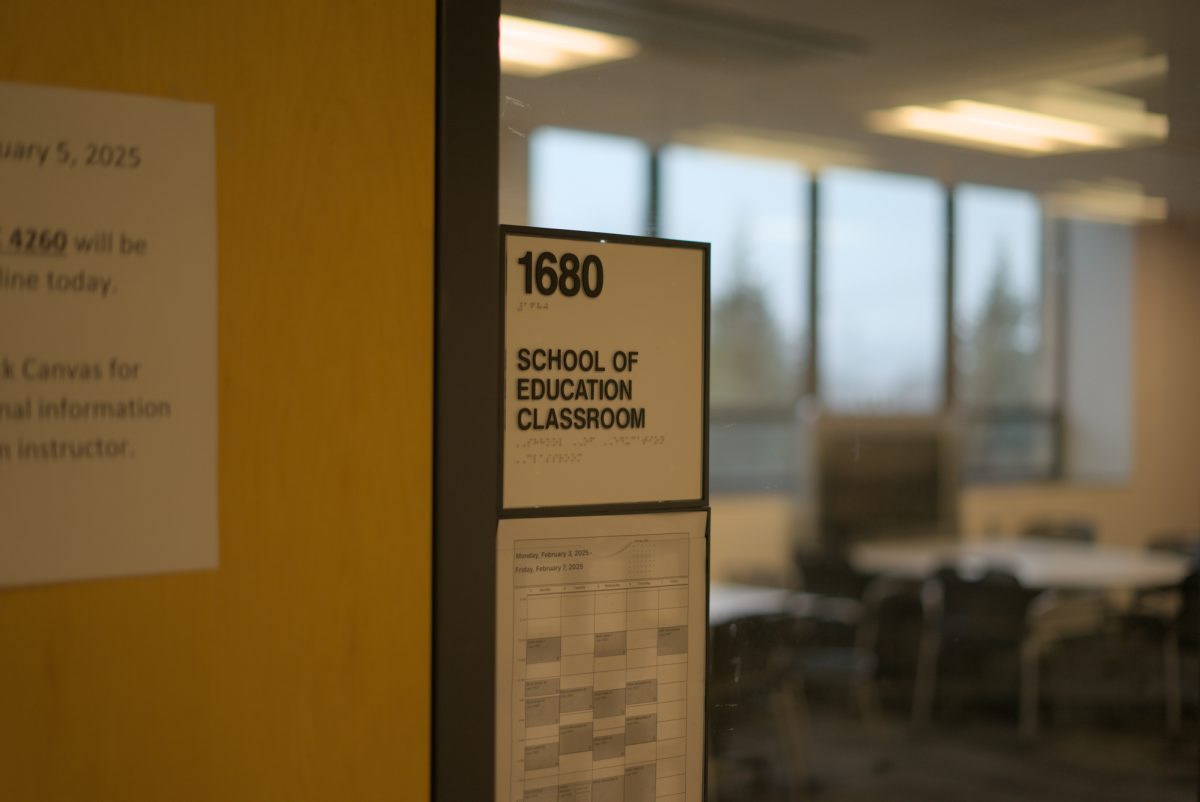Correction: David Sanders, chair of the civil, construction and environmental engineering department, was previously incorrectly mentioned as chair of the construction, civil and engineering department. The story has been changed to reflect the correct title.
The Department of Civil, Construction and Environmental Engineering (CCEE) is looking to build a 24,000-square-foot addition to its current home, the Town Engineering Building.
The project is currently in a funding phase, with $6 million out of an estimated $33 million raised thus far, according to David Sanders, chair of the civil, construction and environmental engineering department.
“We’ve got a long way to go,” Sanders said. “But we’re excited about the opportunities that it presents for the program.”
According to Sanders, the proposed addition is centered around collaboration and invitation for current and prospective students.
This addition would feature four team-based classrooms, gathering spaces for faculty and students, a more welcoming entryway and a more convenient location for academic advising, Sanders said.
As enrollment numbers grow for the department, the current spaces in the building are becoming less suitable, according to Kaoru Ikuma, a professor of environmental engineering.
“One of the problems with growing enrollment, which is great, is that our teaching laboratory space that we have in the current Town Engineering Building is too small,” Ikuma said. “So we end up having to split students up into different labs, and that experience is just different. It’s just not as enriching as when we can have everyone together.”
The lab spaces in the proposed addition aim to be team-oriented and hands-on, giving the department not only room to grow but also further collaboration among students, according to Ikuma.
Jenny Baker, a professor of civil, construction and environmental engineering, highlighted the proposed electrical lab space as one that could particularly affect students positively. Baker said the lab would contain a mock electrical room that can be used for demonstrations and reference in teaching, allowing students to be more hands-on.
“I’m super excited about that because I take stuff into the class and pass around, but it’s not the same as seeing it actually installed,” Baker said.
Ikuma emphasized the importance of the proposed environmental engineering laboratory for students, which she believes would provide improved learning spaces and also free up space in the existing part of Town for a growing research group and graduate program.
The team-based and collaborative nature of the space is another important aspect of the proposal, according to Ikuma.
“It’ll be a big push, I think, for professors to think about their teaching in a way that maybe they weren’t able to before now that they have that space,” Ikuma said.
While the department is in the earlier parts of the process to make this addition a reality, the schematic design has been completed and there are real plans and drawings, Sanders said.
According to Sanders, the new addition will feature more natural light and more accessible spaces and will respect the design of the old building while also bringing a breath of fresh air.
“It honors the past with the verticality that we have in the windows,” Sanders said. “But we’re kind of flipping the script, meaning that there’s a lot more glass and a lot less brick. It’s all about allowing natural light to come into the building, not only in the collaboration spaces, but in the classrooms, and also to peel back those spaces and allow people to look in and see what’s going on.”
Sanders hopes that the fundraising can be completed by next year so that the process can continue moving forward into making the proposition a physical realization. He believes that this addition is important not only to the department but also to the university as a whole.
“It’s not just civil construction and environmental engineering students that use this building,” Sanders said. “It’s other engineering disciplines, and in fact, disciplines throughout the campus.
For more information on the Civil, Construction and Environmental Engineering department, visit their website.














